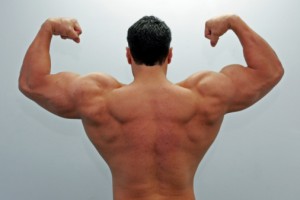Culture-Bound Syndromes Run Amok
A recent Slate article by Jesse Bering outlines the strange and true world of culture-bound syndromes — mental illnesses that occur in certain geo-specific populations or “sociocultural milieus.” Perhaps the most famous is “amok,” the root of “run amok,” and a problem in Malaysia, Polynesia, Puerto Rico and the Navajo Nation. The syndrome affects males 20–45, who become homicidally violent after a perceived insult. After which, of course, the subject remembers very little. Sound like a good cover? It gets weirder.
In China, we find Koro: “in which the patient is convinced that protruding bodily organs, such as the male genitalia or female nipples, are retracting or disappearing into his or her body.” Koro, however, has a habit of jumping all over the globe, and has been well documented in Thailand, India and Africa. Koro’s internationalism, like that of other culture-bound diseases, throws the specificity of “culture” into question, and the genre of these illnesses remains murky, nearly impossible to define, and fertile ground for wild postulating. Mythology in particular permeates the “culture-bound” discussion. Perhaps it is the particular oral traditions of a people who jump beyond the campfire into the lives – and bodies – of their listeners.

(iStockphoto)
And as for what America has to add? Muscle dysmorphia! Bering writes: “The condition is limited to Western males, who suffer the delusion that they are insufficiently ripped.” Citing a recent article in the Harvard Review of Psychiatry by Gen Kanayama and Harrison Pope, Bering ties together the American male body, and the American male hero:
Unlike hypermasculine Western heroes such as Hercules, Thor, and the chiseled Arnold of yesteryear, the Japanese and Chinese have tended to prefer their heroes fully clothed, mentally acute, and lithe, argue Kanayama and Pope. In fact, they say anabolic steroid use is virtually nonexistent in Asian countries, even though the drugs are considerably easier to obtain, being available without a prescription at most neighborhood drugstores.”

Comments